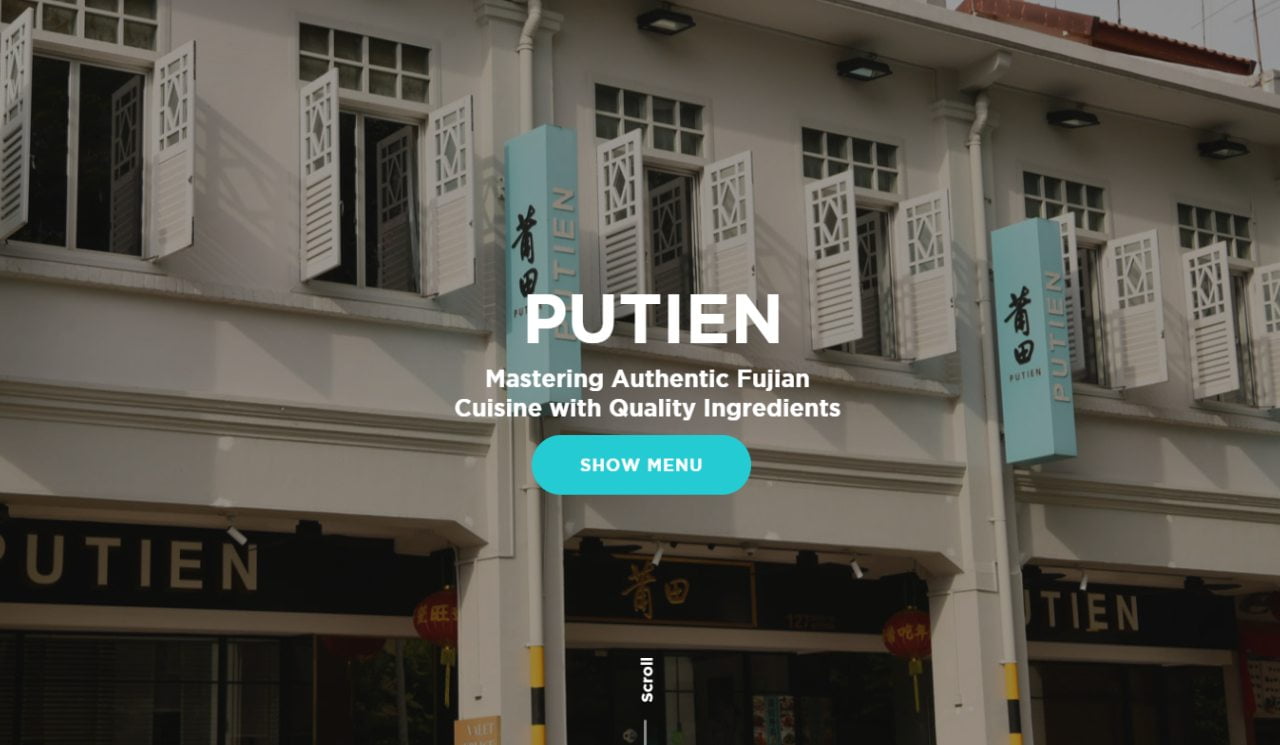
Assurance Package 2024: What Singaporeans Need to Know
As we step into 2024, one of the most significant events looming over Singaporeans is the impending GST increase from 8% to 9%. This change, coupled with the prevailing high inflation, underscores the importance of understanding and leveraging the various measures introduced by the Singapore Government to alleviate its impact. Among these initiatives is the Assurance Package, tailored to support citizens during economic transitions. This article delves into the details of the Assurance Package, elucidating its components and eligibility criteria.
Table of Contents
Understanding the Assurance Package
The Assurance Package, introduced during Budget 2020 with a hefty fund of $6 billion, operates in tandem with the existing GST Voucher scheme. Its primary objective is to mitigate the escalated cost of living attributed to the GST hike. Comprising five key components, the Assurance Package encompasses cash payouts, MediSave top-ups, U-Save rebates, Senior’s bonuses, and CDC vouchers. Each element targets specific demographics and income brackets to ensure equitable distribution and effective assistance to those in need.
Key Components of the Assurance Package 2024
1. Cash Payouts:
- Amount: Varied based on income and property ownership.
- Payout Method: PayNow, bank crediting, or GovCash.
- Eligibility: Singapore citizens aged 21 and above residing in Singapore in 2024.
- Payout Month: December 2024.
2. MediSave Top-up:
- Amount: $150.
- Eligibility: Singaporeans aged 20 years and below or 55 years and above in 2024.
3. U-Save Rebates:
- Amount: Varied based on HDB flat type.
- Eligibility: HDB residents with at least one Singaporean owner or occupier.
- Payout Months: January & July 2024.
4. Senior’s Bonus:
- Amount: Ranges from $200 to $300.
- Eligibility: Singaporeans aged 55 and above in 2024 with specific income and property criteria.
5. CDC Vouchers:
- Amount: $800, split into $500 & $300.
- Eligibility: Every Singaporean household.
Eligibility Criteria for Cash Payouts
With over 3 million Singaporeans qualifying for the Assurance Package cash payout, understanding eligibility criteria is crucial. To be eligible, one must be a Singaporean Citizen residing in Singapore and aged 21 years and above in the reference year. Property ownership and Accessible Income (AI) also influence the payout amount, with AI determined based on the Year of Assessment for 2022. Individuals can verify their eligibility and ascertain payout details by accessing the Assurance Package website through the e-services online portal using their Singpass account.
Additional Enhancements to Cushion the Impact
In Budget 2024, the government announced enhancements to the Assurance Package amounting to $1.9 billion. Notable enhancements include rebates for Cost of Living (COL) and Service and Conservancy Charges (S&CC), aimed at providing immediate relief to households amidst economic transitions.
How to Receive Cash Payouts
To streamline the process, citizens are encouraged to link their NRIC to PayNow for seamless receipt of cash payouts. Alternatively, individuals can provide their bank details through the Assurance Package e-services portal, facilitating direct bank crediting. Cheque issuance has been discontinued since 2022, emphasizing digital payout methods. For those unable to utilize PayNow or update bank details, GovCash offers a viable alternative, accessible through the LifeSG mobile app or OCBC ATMs.
Conclusion: Leveraging the Assurance Package for Financial Stability
While uncertainties loom over economic landscapes, initiatives like the Assurance Package stand as pillars of support for Singaporeans navigating through fiscal transitions. By understanding eligibility criteria and leveraging digital platforms for payout receipt, individuals can harness the full potential of these governmental aids. As we anticipate further measures to alleviate financial strains, proactive engagement with available resources ensures financial resilience and stability in the face of evolving economic dynamics.












